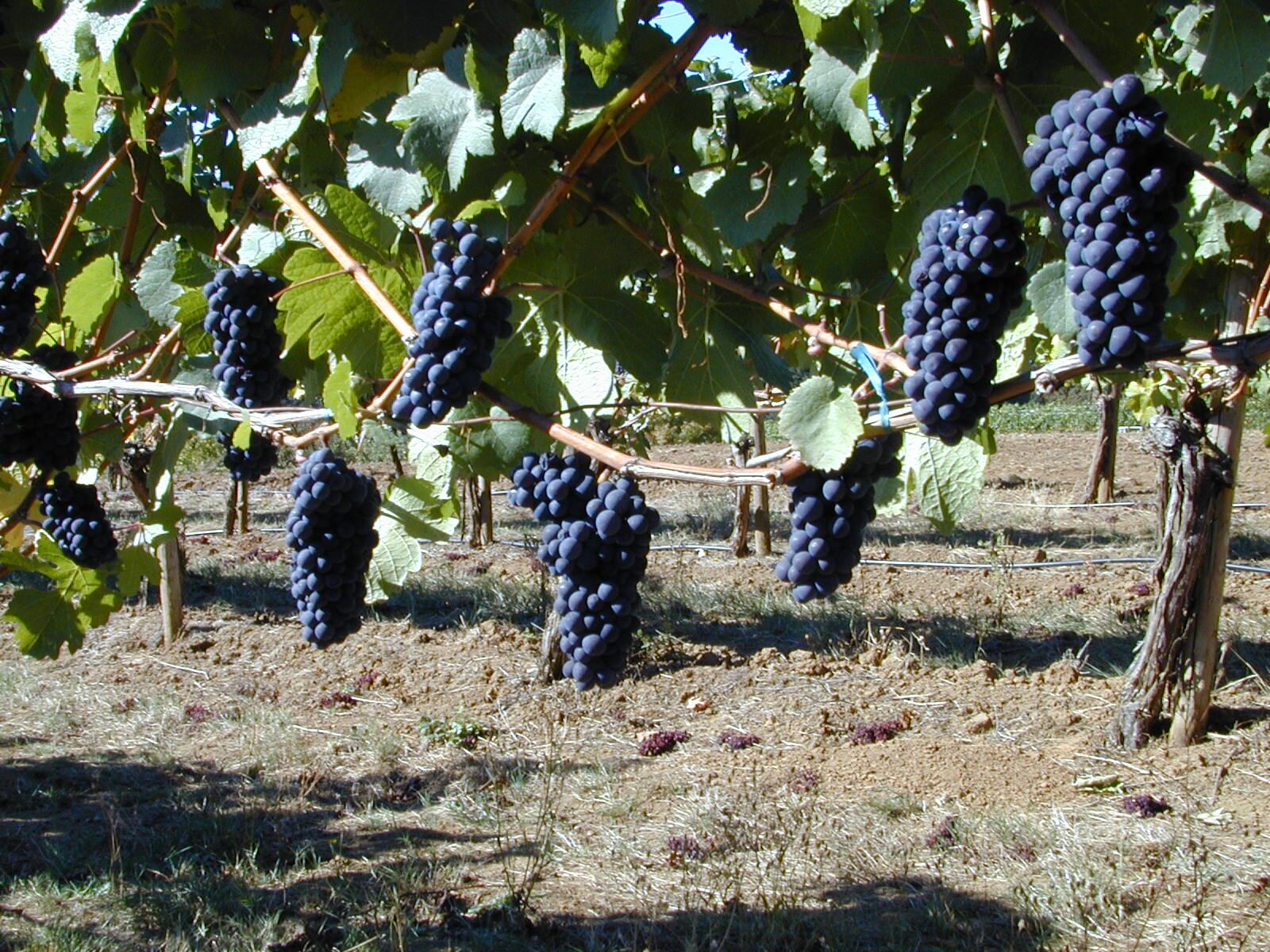In a paper published in the journal Biochemical Pharmacology, researchers associated with several research institutes and universities in Spain assessed the current state of knowledge about polyphenols and took a look into the future at new avenues of research. Over the years, Spanish research institutes have provided a wealth of information about the Mediterranean Diet, which is laden with polyphenols from grapes, olives and other sources.
Many factors cloud picture of polyphenols’ benefits
“These compounds are ingested through the diet in significant amounts, around 1 g per day, an amount that be may be increased through supplements. The action of many representative polyphenols has been reported. However, their beneficial effects and their role in modulating the risk of high-prevalence diseases are difficult to demonstrate due to the wide variability of polyphenol structures and bioactive actions,” the researchers wrote.
Among other confounding factors cited by the researchers were the wide variability of the amounts of polyphenols in food sources and how these molecules can be affected by cooking. The bioavailability of these compounds is all over the map and is affected by many factors. And the potential synergistic reactions of polyphenols, which might be present in several up to many dozens of forms in a given foodstuff, complicate the picture as well.
The researchers noted that new analytical techniques are helping to bring more and more clarity to this picture.
“Computational strategies, including virtual screening, shape-similarity-screening and molecular docking, were recently used to identify potential targets of polyphenols and thus gain a better understanding of the therapeutic effects exerted of polyphenols and modify natural polyphenol structures to potentiate specific activities,” they wrote.
Studies on polyphenols thus far have suggested the compounds are associated with a lower risk of a number of lifestyle diseases, such cardiovascular disease and diabetes. But nailing down the precise mechanisms of action has thus far largely eluded scientists, the researchers wrote.
Research accumulates, but is it persuasive?
While the researchers have an apparent food-first bias, a number of companies supplying polyphenol-based ingredients have built up suites of research on their ingredients in isolation. For example, Polyphenolics, a division of Constellation Brands, has several published studies on its grape seed extract MegaNatural BP and its effect on blood pressure. And curcuminoid research continues to pile up, with more than 12,000 studies now being listed on the PubMed database under the search term ‘curcumin.’
But the Spanish researchers seemed to take a dim view of the research conducted thus far.
“Despite the fact that there is comprehensive information concerning the biological functions of polyphenols, evidence to support the clear effects on human health remains weak. The main limitations of the studies conducted lie in the inaccurate concentration of polyphenols in the food or drink analyzed, the lack of knowledge regarding their absorption and metabolism, and the difficulty of assessing which compound is responsible for a specific action, since several classes of polyphenols are present. Therefore, most current data suggest that a combination of phytochemicals, rather than any single polyphenol, is responsible for health benefits,” they wrote.
Bioavailability enhancements, microbiome research
Future research avenues postulated by the authors include finding ways to further increase the bioavailability of isolated polyphenols and to figure out why some subjects respond well to these compounds while others don’t.
“There is an opportunity to increase the bioactivity of beneficial polyphenols by designing specific synergistic interactions to improve their oral bioavailability. On the other hand, attention should be paid to the interactions of polyphenolic compounds, consumed as dietary supplements, with drug bioavailability/pharmacology,” they wrote.
“The broad inter-individual variation observed in polyphenol studies may be related to differences in the gut microbiome and the way in which microbiota catabolize these phytochemicals. Thus, metabotype stratification can help shed light on why polyphenols present effects in some volunteers and not in others,” they concluded.
Source: Biochemical Pharmacology
2018 Aug 4. pii: S0006-2952(18)30322-8. doi: 10.1016/j.bcp.2018.07.050. [Epub ahead of print]
“Polyphenols, food and pharma. Current knowledge and directions for future research”
Authors: Tresserra-Rimbau A, Lamuela-Raventos RM, Moreno JJ


